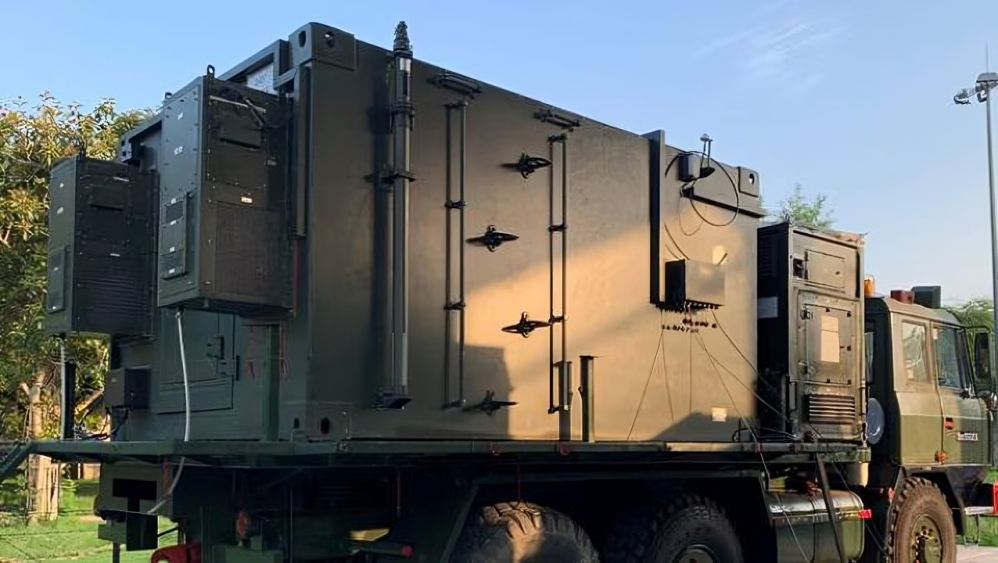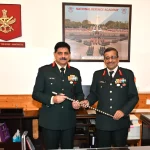Akashteer is an advanced, fully indigenous Air Defence Control and Reporting System (ADCRS) developed by Bharat Electronics Limited (BEL) for the Indian Army. It significantly enhances the command, control, and coordination capabilities of India’s air defence network by integrating various sensors, radars, and weapon systems into a unified, automated platform. The system was inducted starting in 2024, with phased deployment ongoing and expected to be completed by 2027.
Background & Need
The development of Akashteer was driven by the increasing complexity of aerial threats facing India, including drones, UAVs, cruise missiles, and supersonic aircraft. Traditional manual air defence control methods were insufficient to counter these fast and evolving threats. There was a critical need for a network-centric system that could integrate multiple sensors and weapon platforms, automate threat detection and engagement, and enable real-time decision-making at all command levels.
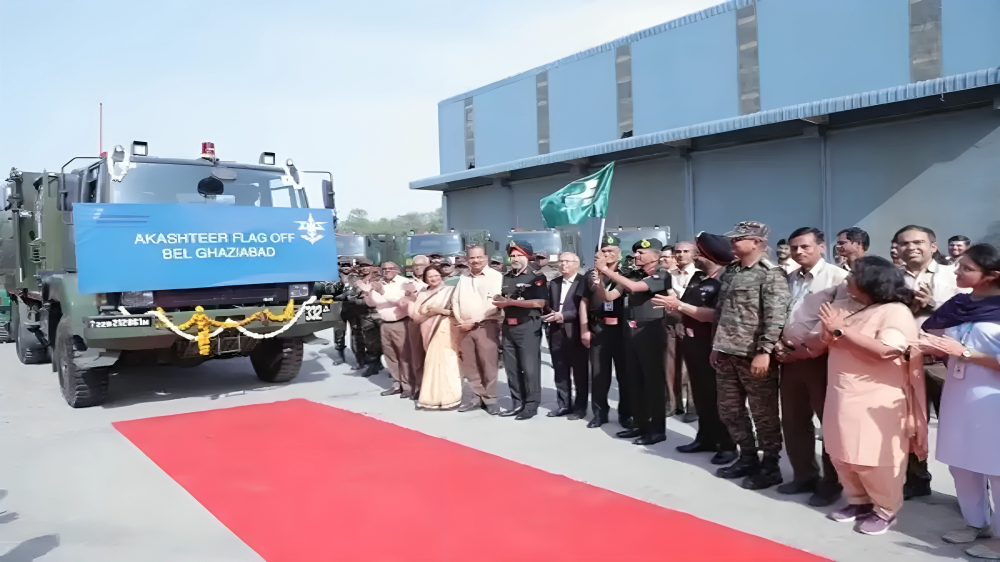
Developer
Bharat Electronics Limited (BEL), a Navratna state-owned defence electronics company under the Ministry of Defence, developed Akashteer. BEL is renowned for producing a range of defence systems, the Atulya Gun System, positioning it as a key player in India’s defence manufacturing ecosystem.
System Description
What is Akashteer?
Akashteer is an automated Air Defence Control and Reporting System designed to coordinate and control air defence assets such as radars, missile systems, and guns. It serves as the digital nerve centre for India’s tactical air defence, providing a real-time, unified air picture to frontline units and higher command echelons.
Core Components
- Command Centres: Vehicle-mounted, mobile control centres deployed at corps, division, and brigade levels.
- Radars and Sensors: Integration of 3D Tactical Control Radars, Low-Level Lightweight Radars, and sensors from both Army Air Defence and Indian Air Force.
- Communication Systems: Secure, redundant data links enabling real-time data sharing even under adverse conditions.
- Decision Support System (DSS): AI-assisted modules for target evaluation, threat prioritization, and automated engagement decisions.
Mobility
The system is housed in mobile shelters mounted on vehicles, allowing rapid deployment and adaptability across diverse terrains including high-altitude and border areas. This mobility ensures operational continuity in dynamic battlefield environment.
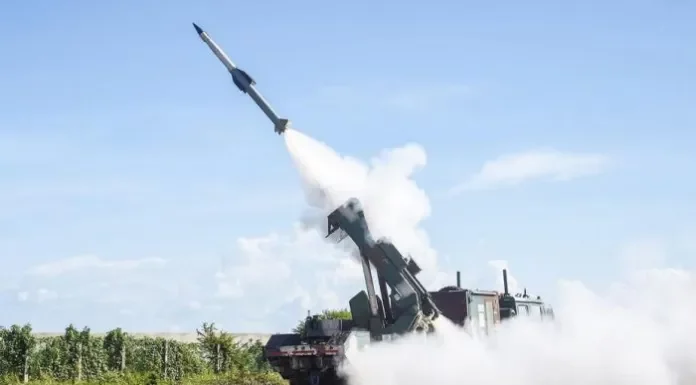
Key Features
- Real-time Surveillance and Tracking: Provides a comprehensive, multi-dimensional airspace overview by fusing data from various sensors.
- Automated Command and Control: Eliminates manual data entry, enabling instant threat recognition and engagement.
- Integrated Communication: Seamless connectivity among multiple air defence units and interoperability with Indian Air Force systems.
- Decentralised Engagement Authority: Empowers frontline units to make rapid engagement decisions, reducing response time and risk of fratricide.
- Scalable and Modular Architecture: Designed for future upgrades in hardware and software to counter emerging threats.
- Stealth Interception Capability: Uses passive sensors and AI to detect and neutralize drones without relying solely on active radar.
Operational Role
Akashteer centralizes command of India’s tactical air defence during conflict, enabling a multi-layered defence strategy. It played a pivotal role in Operation Sindoor, where it successfully integrated ground-based defence systems to counter Pakistani aerial incursions, effectively neutralizing hostile air threats.
Role in Operation Sindoor
During Operation Sindoor in May 2025, Akashteer played a pivotal role in India’s air defence response against a coordinated aerial offensive by Pakistan. Following India’s precision strikes on terror camps and strategic targets inside Pakistan, Pakistan launched waves of drones, missiles, and loitering munitions targeting Indian border areas and civilian locations across northern and western India. Akashteer acted as the digital nerve centre of India’s air defence network, coordinating real-time surveillance, threat evaluation, and interception of these low-level aerial threats in forward combat zones.
The system’s AI-driven command and control capabilities enabled seamless integration of radar inputs, satellite imagery, and ground-based air defence weapons to create a unified, automated combat cloud. This allowed Akashteer to autonomously detect, track, and neutralize hundreds of incoming Pakistani drones and missiles with high kill probability, preventing any hostile aircraft or munitions from breaching Indian airspace. Its ability to manage multi-layered air defence assets, including integration with S-400 and Akash missile systems, ensured a 100% interception rate during the attacks.
Military officials hailed Akashteer’s performance as a “game-changer” that redefined battlefield advantage by combining AI-coordinated drone swarms, satellite reconnaissance, and autonomous decision-making. The system’s success in Operation Sindoor marked a doctrinal shift from reactive defence to proactive retaliation, showcasing India’s technological edge in modern warfare and validating Akashteer as a cornerstone of India’s future-ready air defence architecture
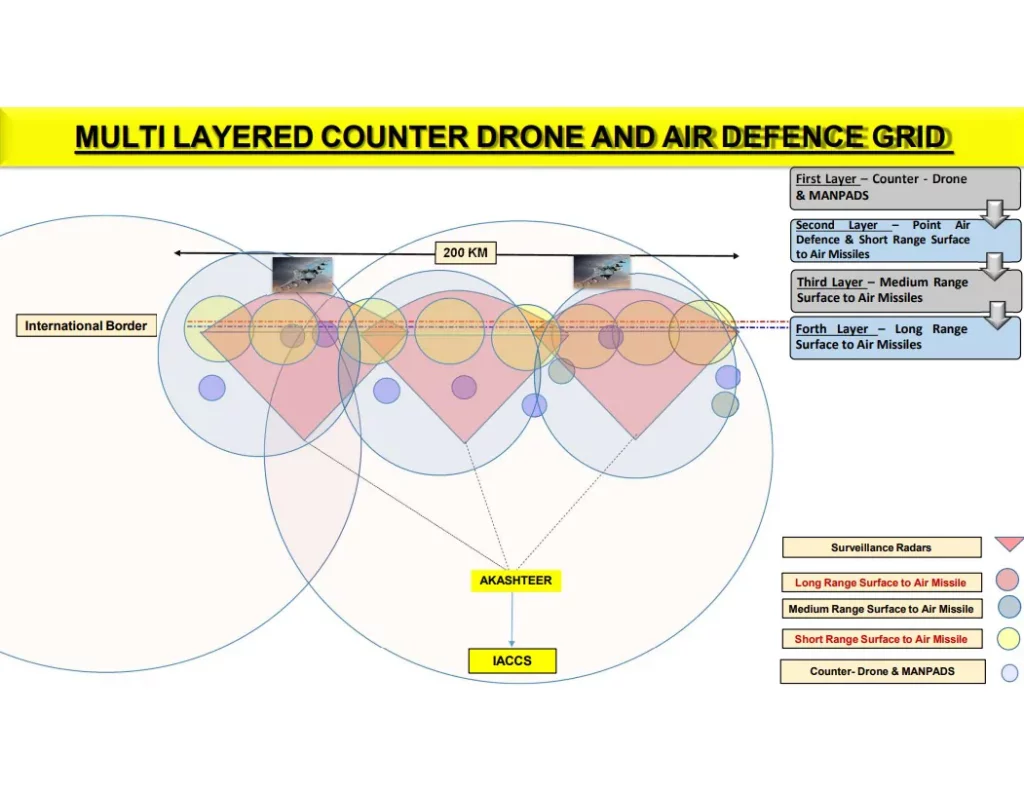
Strategic Importance
Akashteer is a flagship example of India’s Atmanirbhar Bharat initiative, emphasizing indigenization in defence technology. It significantly boosts India’s preparedness against modern aerial threats like drones and cruise missiles, while reducing decision-making time in high-intensity conflicts. Its deployment strengthens national security by providing a robust, automated air defence network.
Current Status & Deployment
The first batch of around 100 vehicle-mounted Akashteer Control Centres was delivered by Bharat Electronics Limited (BEL) in 2024. To date, approximately 50% of the total 455 systems have been inducted, with full-scale deployment expected to be completed by 2027. The system is already operational in sensitive commands such as the Northern and Eastern Commands, with ongoing trials and deployments taking place across India’s strategic border areas.
Comparison With Other Similar Systems
| Aspect | Akashteer (India) | NATO’s IBCS (USA) | Polyana-D4M1 (Russia) |
|---|---|---|---|
| Indigenous Content | 100% indigenous, developed by BEL | Developed by Northrop Grumman and partners | Developed by Almaz-Antey |
| Mobility | Vehicle-mounted, highly mobile | Modular with some mobile elements | Primarily fixed or semi-mobile |
| Automation | Fully automated command and control | High automation with network-centric ops | Automated but less decentralized |
| Sensor Integration | Integrates Army and IAF radars and sensors | Integrates various air defence sensors | Integrates multiple radar and missile systems |
| Cost & Customization | Cost-effective, terrain-specific tuning | High cost, designed for NATO interoperability | Designed for Russian operational environment |
| Decentralized Control | Empowers frontline units for engagement | Centralized with some decentralized features | Mostly centralized control |
Akashteer’s indigenous development allows cost advantages, customization for Indian terrain, and seamless integration with India’s existing defence infrastructure.
Conclusion
Akashteer marks a significant leap in India’s air defence capabilities, providing a fully automated, integrated, and mobile command and control system tailored for modern aerial threats. Its successful operational deployment, including in real combat scenarios like Operation Sindoor, underscores its strategic value. Looking ahead, Akashteer is poised for further enhancements with AI integration, improved drone warfare countermeasures, and potential export opportunities, solidifying India’s position as a leader in indigenous defence technology.
Akashteer exemplifies the future of India’s air defence-automated, integrated, and indigenously powered.

